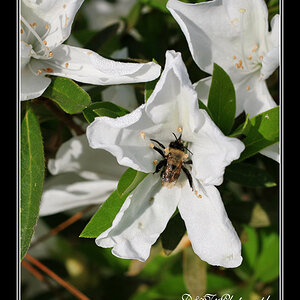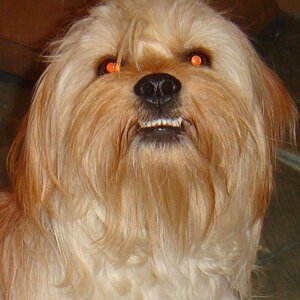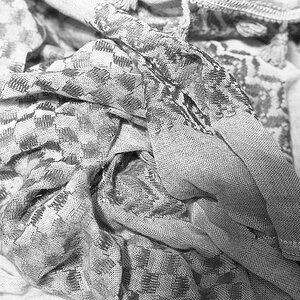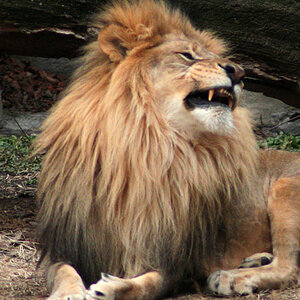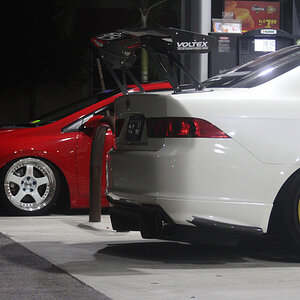price14
TPF Noob!
- Joined
- Apr 9, 2017
- Messages
- 1
- Reaction score
- 0
- Can others edit my Photos
- Photos OK to edit
I'm looking to buy a new camera but need some opinions. I would like to stay under or around $1000. I am mainly looking for something that can take good night sky photos as well as other nature/animal and cityscape photos. Any help would be greatly appreciated.


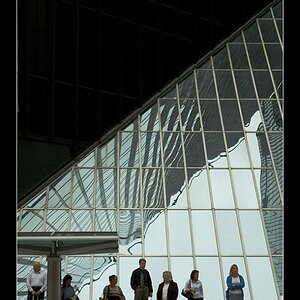

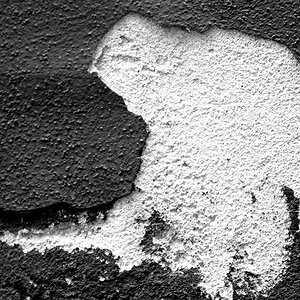
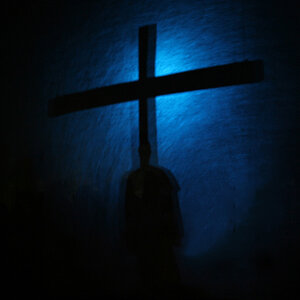
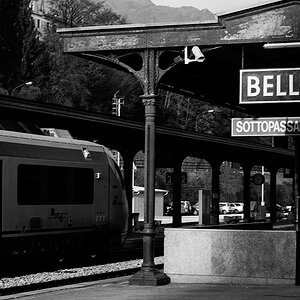
![[No title]](/data/xfmg/thumbnail/32/32929-22e23acc63d6ecb25e5ee941be87121f.jpg?1619735758)
